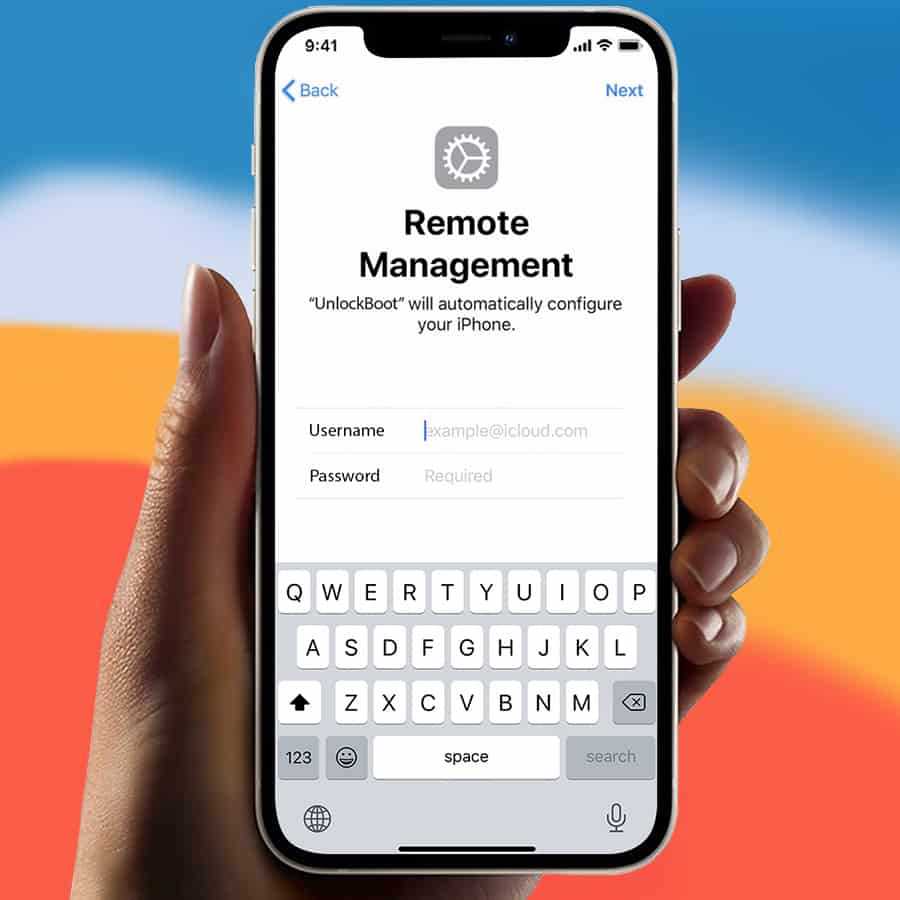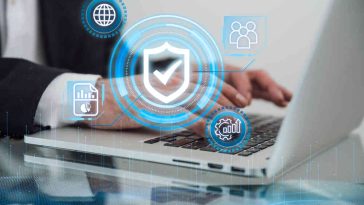In the world of smartphones and smart devices in general, it would be ineffective for businesses to stick to some old methods of communication and data sharing. The new ways are much more efficient, as well as much safer. IOS devices are heavily relied on, but they have to be kept safe as well. That’s where mobile device management (MDM) comes into play – a concept further explained on this page.
If you’re using these devices for your organization, then you understand the benefits they bring to the table. However, you also have to be aware of the threats they are facing on a daily basis. Threats coming from thefts, malicious apps, as well as non-compliant users. Threats you need to protect yourself against.
Now, thanks to Google MDM, protecting the devices, and thus the data of your organization, has become easier. A part of Google Workspace, this solution provides you with numerous tools that you can use to protect and lock your iOS devices. Plus, it integrates with some other Google solutions you may be using, allowing for an easier and a unified approach to mobility management.
Having heard of Google MDM already, you must have at least some knowledge of why it is so useful. What you are wondering, though, is which protection methods it actually brings to the table. In other words, you are curious about what you can do with it when aiming at keeping your iPhone and iPod devices completely safe and lowering the risks of your data being stolen. Below, we are going to explore the methods.
Here are a few general MDM solutions for both Android and iOS: https://www.techtarget.com/searchmobilecomputing/post/Evaluating-top-MDMs-for-Android-and-iOS
1. Strong Passcodes Required
Everyone knows that passwords need to be strong, but everyone is also worried that they will forget some complex ones if they set them. Sometimes, people take the easy way out and set a weak password, assuming that it won’t exactly make a difference and that it won’t cause any issues. Hint: it causes issues.
What if you could be absolutely sure that everyone is setting strong passcodes and that there are no weaknesses in the organization caused by some of those default passcodes that can be fairly easy to guess? Well, you can! With Google MDM, the IT team can dictate the length and complexity of the passcode, as well as the duration before auto-lock.

2. Enabling Encryption
Through Google MDM, your IT admins will also be able to require on-device encryption that will further keep your data safe. The encryption keys are safely stored, and you get more peace of mind, knowing that getting the important data won’t be as easy. Enabling encryption is certainly a great method you should use for the protection of your iOS devices.
3. Remote Locking
What if a device winds up being stolen or lost? Remote locking will keep you safe. The iOS Device Security with Google MDM is a solution that allows for locking the machine remotely, and thus ensuring nobody can access the sensitive data on it. A mere password may not be enough, especially because it could be known by the malicious user, which is where remote locking comes into play.
4. Remote Wiping
How about we take that a step further? How about, instead of simply locking, you wipe the device? Remotely, of course! This deletes all the data from the iOS, thus resulting in even better protection in case of losing the device, or in case of it getting stolen.
5. Configure a List of Allowed Apps and Permissions
Everyone gets that installing unapproved apps is not a good idea, which is why Google MDM will, logically, block all installations that don’t come from the actual App Store. Is that, however, really enough? You could sometimes need to install apps that don’t come from that source, such as some Google apps, for example, and the MDM will allow for that too.
What you should also do is configure a list of allowed apps and permissions those apps get. You don’t want all of them having access to your location, camera, contacts, and other types of data. With this solution, the admin team will be able to allow, deny, or restrict permission for individual apps.
6. Disable Camera
In order to prevent unauthorized image or video capturing, you can completely disable the camera on specific iOS devices. This is important in high-security environments, as well as, of course, to prevent workplace misconduct. Another great feature that can definitely boost your security. Naturally, other users can be exempt from this particular rule, if you decide that they need to have permission to use the camera in certain cases. The great thing about it is that you get to decide if the camera will be disabled or not, meaning you have full control over everything, which is bound to lead to greater overall safety.





